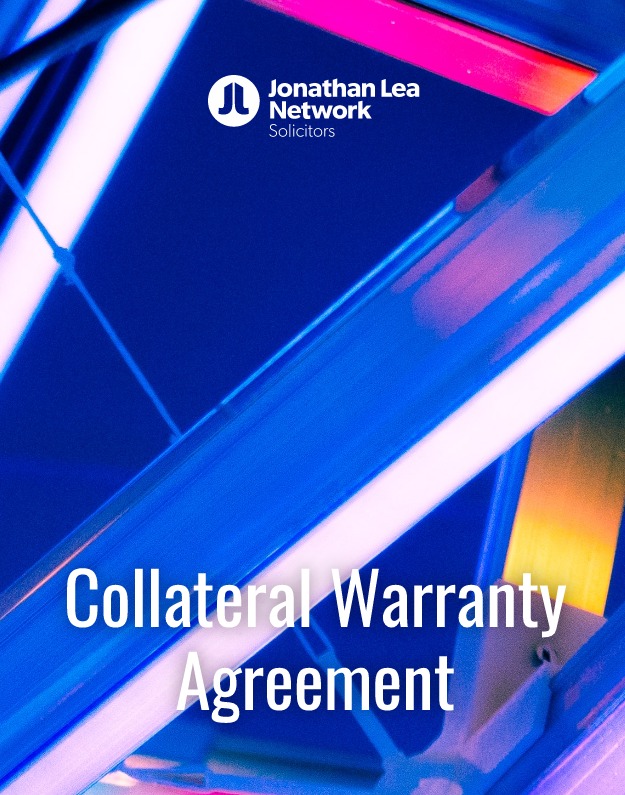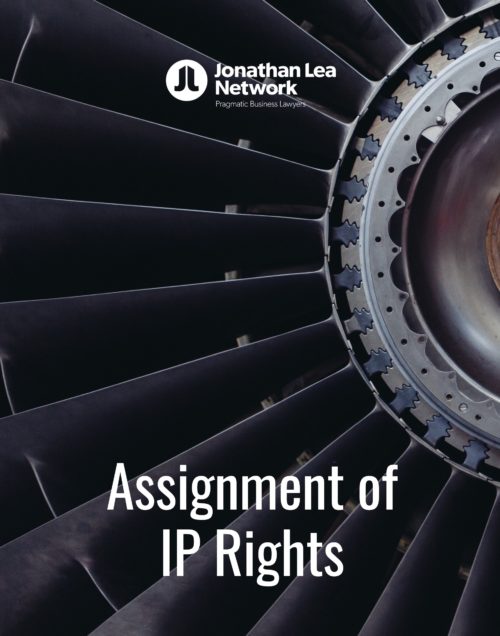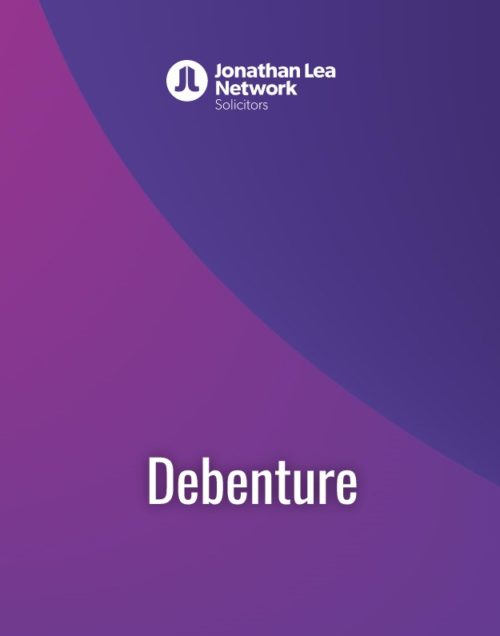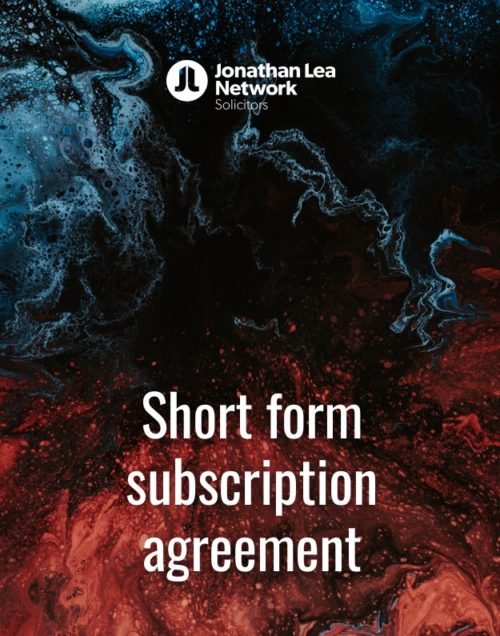Collateral Warranty Agreement
£6.99
We have drafted the template collateral warranty in favour of a beneficiary (typically a lender with step-in rights) for use by a professional consultant in a traditional procurement or design and build context, however you can amend this depending on your purposes.
Your input is required at the parts of the template highlighted in yellow and the wording inside the square brackets which we have included explains clearly the information that should be inserted.
You are advised to fill in the wording in square brackets in lower case unless directed otherwise. Any figures should be entered in numerical form. The brackets should be removed after the amendments are made (so as to produce a ‘final form’).
This agreement is intended as a template only and must be adapted to the particular circumstances of your case.
Guidance Notes – Collateral Warranty
Using This Template
We have drafted the template collateral warranty in favour of a beneficiary (typically a lender with step-in rights) for use by a professional consultant in a traditional procurement or design and build context, however you can amend this depending on your purposes.
Your input is required at the parts of the template highlighted in yellow and the wording inside the square brackets which we have included explains clearly the information that should be inserted.
You are advised to fill in the wording in square brackets in lower case unless directed otherwise. Any figures should be entered in numerical form. The brackets should be removed after the amendments are made (so as to produce a ‘final form’).
This agreement is intended as a template only and must be adapted to the particular circumstances of your case.
Background
This contains standard wording setting out the background to the agreement.
At Part (B) – The Beneficiary’s interest is most commonly as Lender; however, this can be amended to the specifics of the case.
Agreement
Clause 1 (Interpretation)
Clause 1 sets out the definitions that will apply throughout the agreement – the main purpose behind this is to reduce repetition within the body of the clauses, making them shorter and easier to read. In addition, as it gives specific meanings to particular terms used in the clauses, it also avoids ambiguity and makes it clear that those terms are intended to include matters which they might otherwise be found not to cover (or vice versa).
Unless expressly defined, the courts will interpret non-technical terms in accordance with their ordinary and natural meaning, or the meaning which can be inferred by the words that the parties chose to use in the clauses. Extrinsic expert evidence may be necessary to interpret technical terms not defined in the clauses themselves.
Clause 2 (Comply with Professional Appointment)
Clause 2 sets out the warranties that the Consultant agrees with the Beneficiary. This contains standard warranties and as such careful consideration is needed to check that you will be able to comply with these obligations and review them in line with the related definitions in Clause 1.
At Clause 2.1.1.1, you will need to check the form of Professional Appointment (“PA”) you are using, and whether or not this indicates that you are or are not the “principal designer”. If you are not, simply remove the wording within the brackets.
Clause 2.2 differs from templates you may find elsewhere; in that we have broadened the scope to ‘agreement’ rather than specifically clause 2. This preserves the benefit of the limitations in the PA for all breaches.
Clause 2.4 ensures that your liability under this agreement is no greater than it would be under the PA.
Clause 3 (Consultant May Not Terminate)
Clause 3 notes that prior to any termination of employment under the PA, the Consultant must notify the Beneficiary of this intention. This then allows the Beneficiary to step-in, and take the place of the Client within the agreed notice period.
On larger projects, a client may require 20 business days, however, 15 days is also sufficient.
Clause 4 (Beneficiary May Step-In)
Clause 4 allows for the Beneficiary to Step-In regardless of whether the Consultant has grounds for termination under the PA.
An example where this may come into effect would be if the Client was in breach of their obligations with a third party, the Beneficiary may step in the place of the Client to fulfil the agreement.
Clause 5 (Consultant’s Position and Clients Consent)
Clause 5 is a standard clause found in all Collateral Warranty’s. No changes are required.
Clause 6 (No Instructions to Consultant by Beneficiary)
Clause 6 protects the Consultant’s position by not allowing the Beneficiary to give instructions and effectively step-in as the Consultant.
Clause 7 (Copyright)
Clause 7 sets out the grant of an unconditional copyright license. This is a stand-alone grant under the warranty rather than an obligation. Without this, the Beneficiary usually does not have a license.
In Clause 7.3 you may wish to change this so as to allow your prior consent to be required.
Clause 8 (Professional Indemnity Insurance)
Clause 8 sets out the type of insurance required, being professional indemnity, and the type of level of insurance.
This clause should be reviewed by your insurers/brokers and conformed with the insurance requirements in the PA.
In Clause 8.1, the inclusion of the wording “and terms” is preferable as this favours the Consultant.
Clause 9 (Liability Period)
Clause 9 sets out the time limit within which a claim may be brought against the Consultant.
The addition of the wording “or the date of completion of the last Services, whichever is the earlier” ensures consistency with the PA.
Clause 10 (Assignment)
Clause 10 allows the Beneficiary the ability to assign the benefit of the collateral warranty.
We have amended the wording here to include “any person with an interest in the Project” so as to ensure some level of protection to the Consultant.
Clause 11 (Notices)
Clause 11 sets out the requirements for notice, the methods of notice and the contact addresses for such notice.
The decision of which methods of notice to implement is entirely yours to make. However, we recommend that delivery by hand and delivery by pre-paid first class recorded delivery post are essential.
If at Clause 1.11 you have included communication by email, this should also be included here.
Clause 12 (Third Party Rights)
Clause 12 is a standard clause protecting the agreement from any rights of Third Parties. No changes are required.
Clause 13 (Governing Law & Jurisdiction)
Clause 12 sets out the Governing Law of any disputes or claims, alongside the method by which these would be resolved. We emphasise the use of arbitration as this complies with most forms of PA and ensures consistency of treatment. It also avoids any conflicts between the documents.
The PA should be checked and, if litigation is chosen instead of arbitration, remove the reference to arbitration and replace it with litigation.









